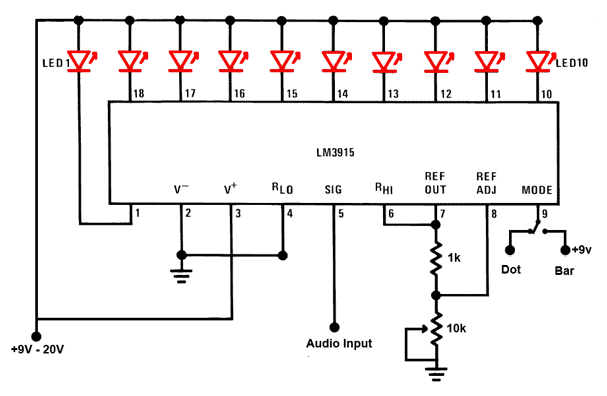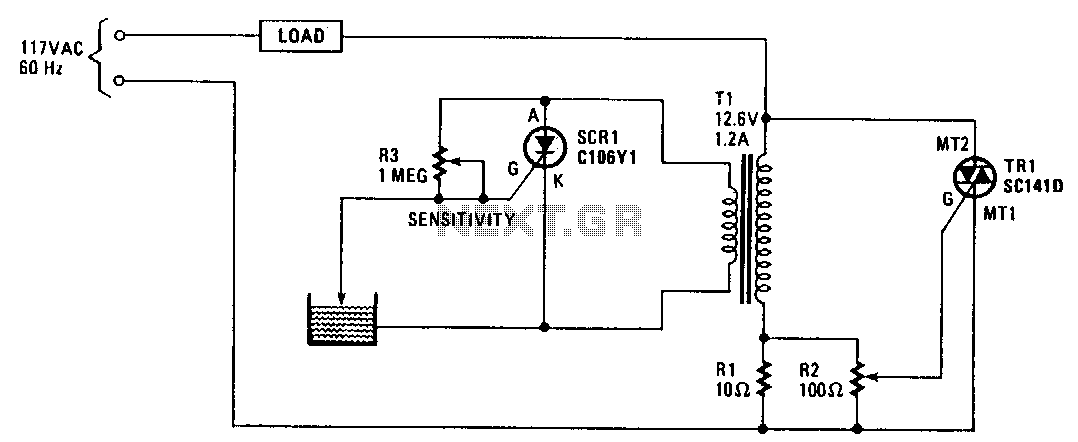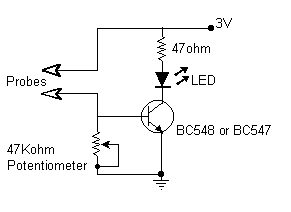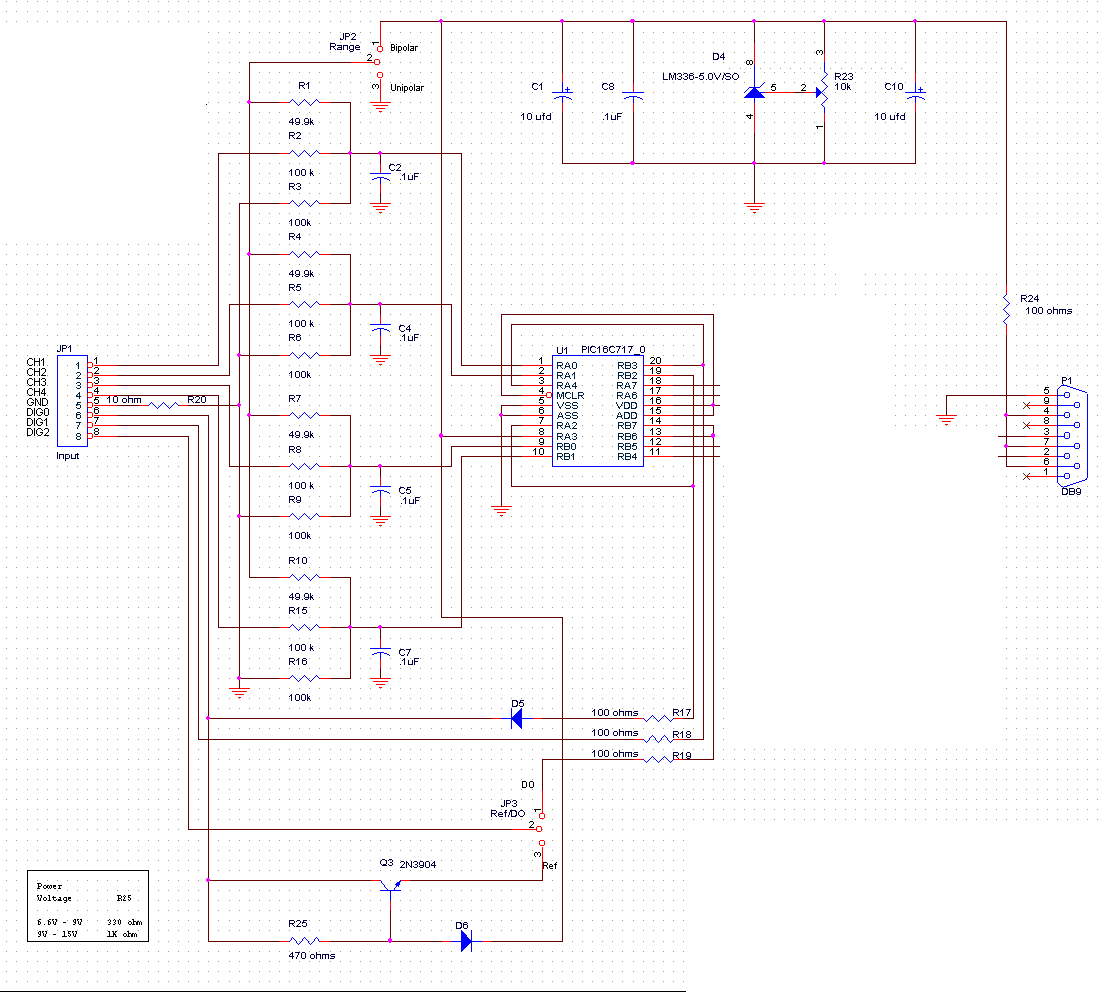
Water Flow Gauge using Arduino
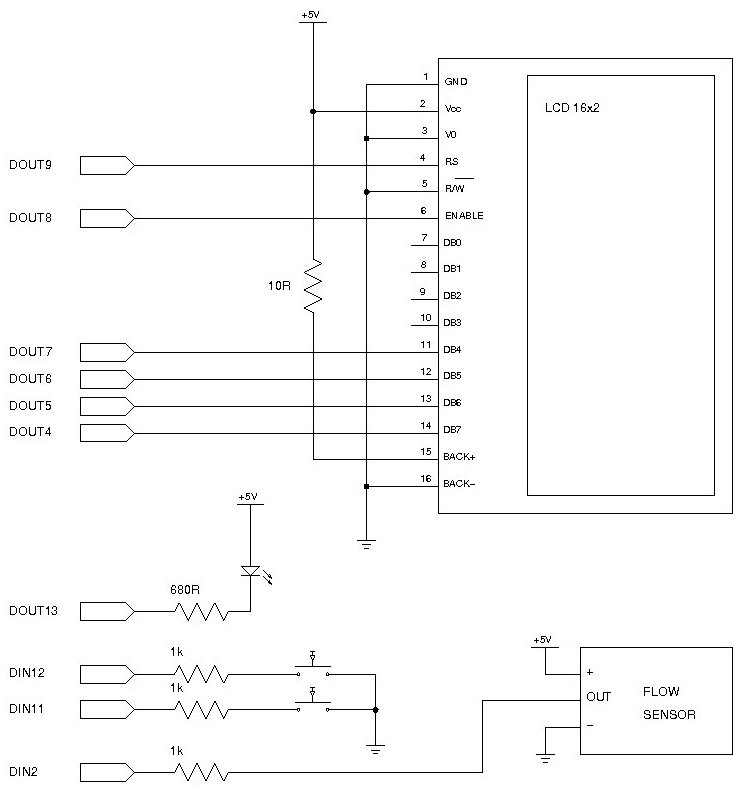
Measuring the consumption of a resource that has units by volume can be more challenging than it appears. Resources such as water, gas, and electricity are typically measured using gauges that determine either the instantaneous flow rate or the cumulative volume over time. Both methods have their drawbacks: measuring flow rate at frequent intervals allows for time-based reporting and the generation of a graph showing how the flow rate varied over time. However, to determine the total consumption by volume over a specific period, it is necessary to integrate the data, which poses the risk of under-reporting usage if the sampling rate is slow and usage fluctuates or spikes rapidly. Conversely, measuring cumulative volume simplifies the determination of total consumption over a period and provides accurate total usage, but generating a flow rate graph necessitates calculating the difference between each sample. If the recording interval is not sufficiently brief, short-term spikes in usage may be averaged out and not clearly represented on the graph. Flow gauges typically output a series of pulses proportional to the instantaneous flow rate, requiring the implementation of a simple frequency counter for interpretation. This method is analogous to the operation of many car speedometers: a wheel sensor outputs a pulse for each wheel rotation, resulting in a pulse frequency that varies in proportion to the vehicle's speed. The speedometer displays a scaled version of the current pulse frequency to indicate instantaneous speed, while the odometer shows a scaled cumulative pulse count for distance traveled. Both pieces of information are derived from the same underlying data but are recorded and displayed differently. This project utilizes a flow rate gauge equipped with a Hall-effect sensor that outputs a pulse rate proportional to the flow rate. This project not only serves as a practical application but also illustrates a valuable technique applicable to various projects requiring measurement of rates. An LCD module has been included to enable the unit to report flow rate and volume both through a serial connection to a connected host and directly via the LCD. The example program calculates and displays the current flow rate while maintaining two cumulative counters for the volume that has passed through the sensor. Two pushbuttons allow for independent resetting of the counters, enabling one counter to function as a long-term accumulator while the other can be reset periodically to measure short-term events, such as water consumption for filling a bath, operating an irrigation system, or running a washing machine.
The flow measurement system described integrates a Hall-effect sensor that detects the flow of liquid by generating a pulse output proportional to the flow rate. This sensor operates by detecting changes in a magnetic field caused by the movement of a rotor or turbine within the flow path. The generated pulses are then counted and processed by a microcontroller, which calculates both the instantaneous flow rate and the cumulative volume of the resource consumed.
To implement this system, the microcontroller is programmed to read the pulse output from the Hall-effect sensor at regular intervals. By counting the number of pulses within a defined time frame, the microcontroller can compute the instantaneous flow rate in units such as liters per minute or gallons per hour. The cumulative volume is tracked by incrementing a counter with each pulse received, allowing for accurate total consumption measurements over extended periods.
The inclusion of an LCD module provides a user-friendly interface for displaying real-time data. The microcontroller is programmed to update the LCD with the current flow rate and cumulative volume, ensuring that users can easily monitor resource consumption. Additionally, the serial connection allows for data transmission to external devices, enabling more comprehensive data logging and analysis.
The two pushbuttons serve a dual purpose: one button resets the cumulative volume counter, allowing users to measure specific events, while the other can maintain a continuous count for long-term monitoring. This design enables flexibility in usage scenarios, catering to both short-term and long-term measurement needs.
Overall, this flow measurement system exemplifies effective resource monitoring and demonstrates the application of electronic components in measuring and displaying flow rates and cumulative volumes in practical settings.Measuring the consumption of a resource that has units by volume can be more tricky than it sounds. Use of resources such as water, gas, and even electricity is typically measured by gauges that determine either instantaneous flow rate or cumulative volume over time. Both techniques have problems: measuring flow rate at frequent intervals allows y ou to do time-based reporting and generate a graph of how the flow rate varied over time, but to determine the total consumption by volume across a specific time period you then have to integrate the data and there is the danger of under-reporting usage if your sample rate is slow and usage rapidly fluctuates or spikes. Measuring cumulative volume makes it easy to determine total consumption across a period and is accurate in terms of total usage but to generate a flow rate graph you then need to calculate the difference between each sample, and if your recording interval isn`t brief enough any short-term spikes in usage will be averaged out across the recording interval and may not show clearly on the graph.
Flow gauges typically output a series of pulses proportional to the instantaneous flow rate which means that to interpret them it`s necessary to implement a simple frequency counter. This is actually the same way many car speedometers work: a wheel sensor outputs a pulse for each rotation of a wheel which means the pulse frequency varies proportionally to the vehicle speed.
The speedo then displays a scaled version of the current pulse frequency to show instantaneous speed while the odometer displays a scaled cumulative pulse count to show distance traveled both pieces of information are based on the same underlying data but they are recorded and displayed in different ways. This project uses a flow rate gauge containing a Hall-effect sensor that outputs a pulse rate proportional to flow rate, so not only is it a useful project in its own right but it also demonstrates a very useful technique that you can use in a wide range of projects that need to measure the rate at which something happens.
We`ve also included an LCD module so that the unit can report flow rate and volume both via the serial connection to a connected host and also directly via the LCD. The example program calculates and displays current flow rate, and also maintains two cumulative counters of the volume that has flowed through the sensor.
Two pushbuttons allow you to reset the counters independently so you can leave one counter running as a long-term accumulator and reset the other one occasionally prior to measure short-term events, such as the water consumed by filling a bath, running an irrigation system, or running a washing machine. 🔗 External reference
The flow measurement system described integrates a Hall-effect sensor that detects the flow of liquid by generating a pulse output proportional to the flow rate. This sensor operates by detecting changes in a magnetic field caused by the movement of a rotor or turbine within the flow path. The generated pulses are then counted and processed by a microcontroller, which calculates both the instantaneous flow rate and the cumulative volume of the resource consumed.
To implement this system, the microcontroller is programmed to read the pulse output from the Hall-effect sensor at regular intervals. By counting the number of pulses within a defined time frame, the microcontroller can compute the instantaneous flow rate in units such as liters per minute or gallons per hour. The cumulative volume is tracked by incrementing a counter with each pulse received, allowing for accurate total consumption measurements over extended periods.
The inclusion of an LCD module provides a user-friendly interface for displaying real-time data. The microcontroller is programmed to update the LCD with the current flow rate and cumulative volume, ensuring that users can easily monitor resource consumption. Additionally, the serial connection allows for data transmission to external devices, enabling more comprehensive data logging and analysis.
The two pushbuttons serve a dual purpose: one button resets the cumulative volume counter, allowing users to measure specific events, while the other can maintain a continuous count for long-term monitoring. This design enables flexibility in usage scenarios, catering to both short-term and long-term measurement needs.
Overall, this flow measurement system exemplifies effective resource monitoring and demonstrates the application of electronic components in measuring and displaying flow rates and cumulative volumes in practical settings.Measuring the consumption of a resource that has units by volume can be more tricky than it sounds. Use of resources such as water, gas, and even electricity is typically measured by gauges that determine either instantaneous flow rate or cumulative volume over time. Both techniques have problems: measuring flow rate at frequent intervals allows y ou to do time-based reporting and generate a graph of how the flow rate varied over time, but to determine the total consumption by volume across a specific time period you then have to integrate the data and there is the danger of under-reporting usage if your sample rate is slow and usage rapidly fluctuates or spikes. Measuring cumulative volume makes it easy to determine total consumption across a period and is accurate in terms of total usage but to generate a flow rate graph you then need to calculate the difference between each sample, and if your recording interval isn`t brief enough any short-term spikes in usage will be averaged out across the recording interval and may not show clearly on the graph.
Flow gauges typically output a series of pulses proportional to the instantaneous flow rate which means that to interpret them it`s necessary to implement a simple frequency counter. This is actually the same way many car speedometers work: a wheel sensor outputs a pulse for each rotation of a wheel which means the pulse frequency varies proportionally to the vehicle speed.
The speedo then displays a scaled version of the current pulse frequency to show instantaneous speed while the odometer displays a scaled cumulative pulse count to show distance traveled both pieces of information are based on the same underlying data but they are recorded and displayed in different ways. This project uses a flow rate gauge containing a Hall-effect sensor that outputs a pulse rate proportional to flow rate, so not only is it a useful project in its own right but it also demonstrates a very useful technique that you can use in a wide range of projects that need to measure the rate at which something happens.
We`ve also included an LCD module so that the unit can report flow rate and volume both via the serial connection to a connected host and also directly via the LCD. The example program calculates and displays current flow rate, and also maintains two cumulative counters of the volume that has flowed through the sensor.
Two pushbuttons allow you to reset the counters independently so you can leave one counter running as a long-term accumulator and reset the other one occasionally prior to measure short-term events, such as the water consumed by filling a bath, running an irrigation system, or running a washing machine. 🔗 External reference
